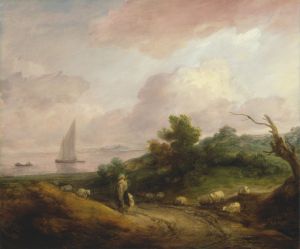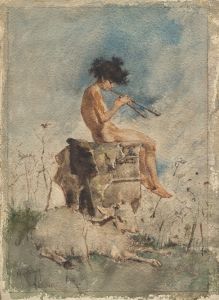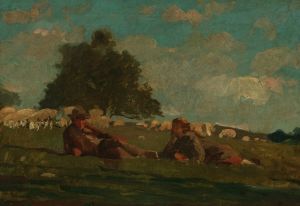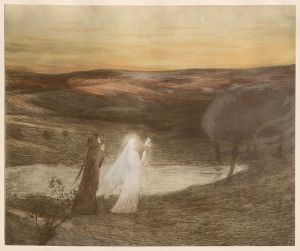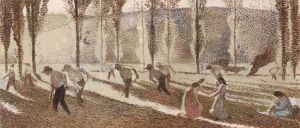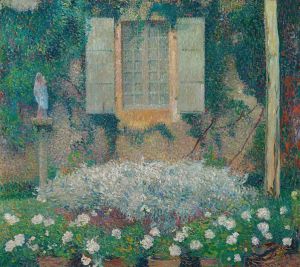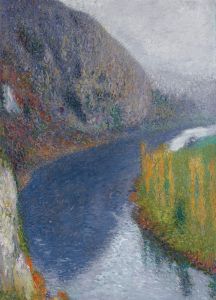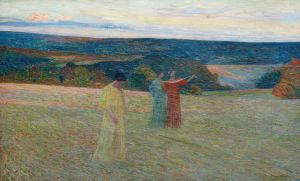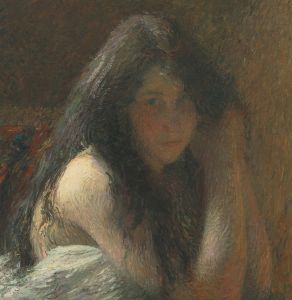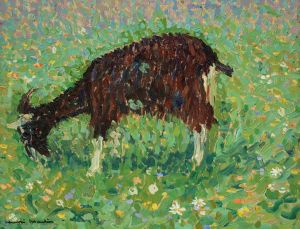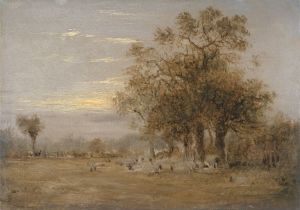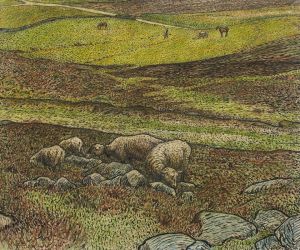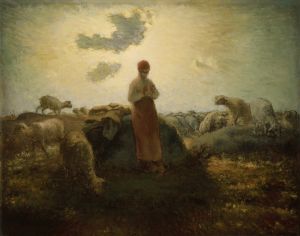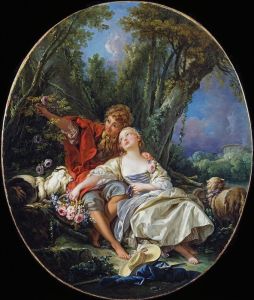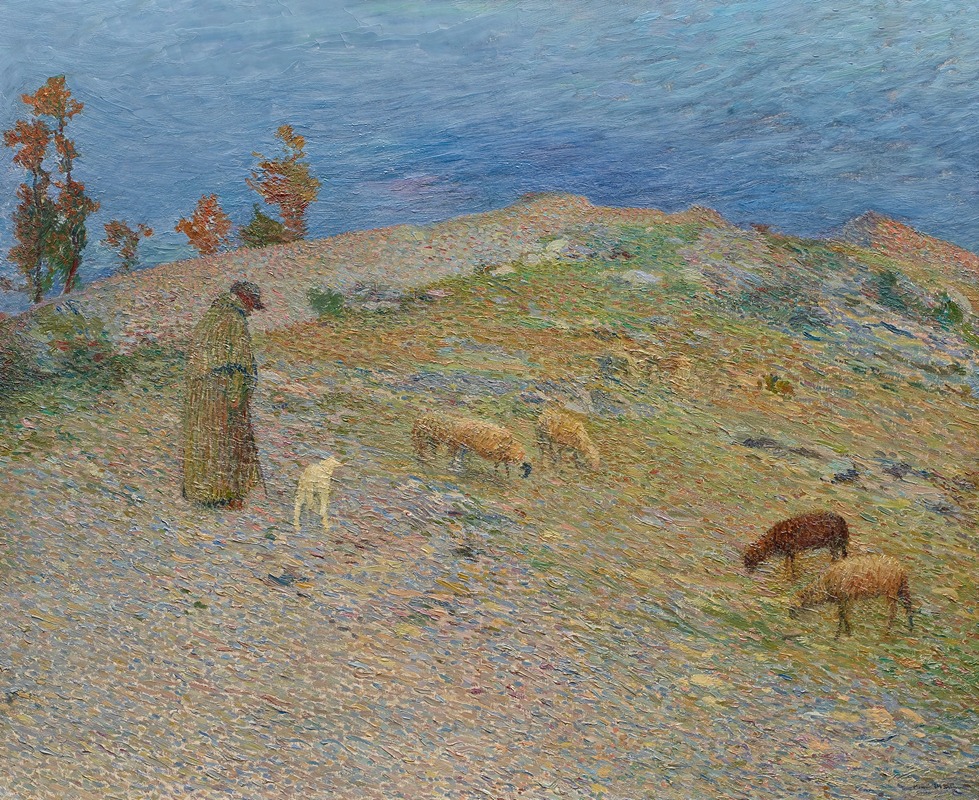
Berger et ses moutons dans les causses
A hand-painted replica of Henri Martin’s masterpiece Berger et ses moutons dans les causses, meticulously crafted by professional artists to capture the true essence of the original. Each piece is created with museum-quality canvas and rare mineral pigments, carefully painted by experienced artists with delicate brushstrokes and rich, layered colors to perfectly recreate the texture of the original artwork. Unlike machine-printed reproductions, this hand-painted version brings the painting to life, infused with the artist’s emotions and skill in every stroke. Whether for personal collection or home decoration, it instantly elevates the artistic atmosphere of any space.
Henri Martin (1860-1943) was a prominent French painter associated with the Post-Impressionist movement. He is known for his use of pointillism and his ability to capture the essence of the French countryside in his works. One of his notable paintings is "Berger et ses moutons dans les causses" (Shepherd and His Sheep in the Causses).
"Berger et ses moutons dans les causses" is a landscape painting that depicts a serene rural scene in the Causses, a limestone plateau region in the south of France. The painting showcases Martin's characteristic style, which combines the meticulous technique of pointillism with a more fluid and expressive brushwork. This blend allows Martin to convey both the detail and the overall atmosphere of the scene.
In this painting, Martin portrays a shepherd tending to his flock of sheep. The shepherd stands in the midst of a vast, open landscape, surrounded by rolling hills and sparse vegetation typical of the Causses region. The use of light and color in the painting is particularly noteworthy. Martin employs a palette of soft, muted tones to evoke the tranquility and timelessness of the rural setting. The light appears to suffuse the entire scene, creating a harmonious and almost dreamlike quality.
The composition of "Berger et ses moutons dans les causses" is carefully balanced. The shepherd and sheep are positioned slightly off-center, drawing the viewer's eye into the depth of the landscape. The horizon line is placed high in the painting, emphasizing the expansiveness of the sky and the land. This compositional choice enhances the sense of isolation and peace that characterizes the rural life depicted in the painting.
Henri Martin's work often reflects his deep appreciation for the French countryside and rural life. He spent much of his career in the south of France, particularly in the region of Midi-Pyrénées, where he found inspiration in the natural beauty and simplicity of the landscape. "Berger et ses moutons dans les causses" is a testament to Martin's ability to capture the spirit of the French rural environment and his skill in rendering it with both precision and emotion.
The painting is a fine example of Martin's mature style, which evolved from his early academic training and his exposure to the Impressionist and Neo-Impressionist movements. While he adopted the pointillist technique from artists like Georges Seurat, Martin's work is distinguished by its softer, more lyrical approach. His paintings often convey a sense of poetic realism, blending detailed observation with an idealized vision of the natural world.
"Berger et ses moutons dans les causses" remains an important work in Henri Martin's oeuvre, illustrating his mastery of landscape painting and his unique contribution to the Post-Impressionist movement. The painting is celebrated for its technical excellence, its evocative use of color and light, and its ability to transport viewers to the tranquil and timeless world of the French countryside.





